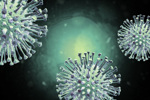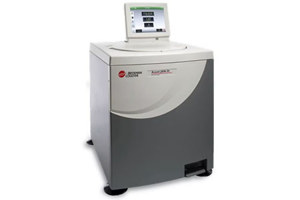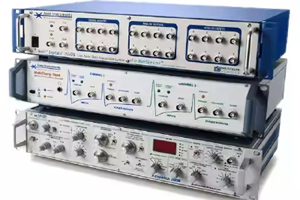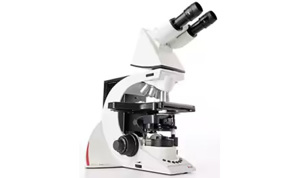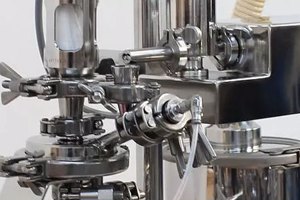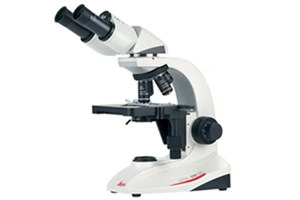Formulation Development
FORMULATION DEVELOPMENT WHITE PAPERS & ARTICLES
-
Doubling Up For Speed In Biomanufacturing
Accelerate drug development and reduce risk with parallel operations. Learn how leveraging CDMO partnerships while building internal capabilities can cut costs and speed your path to market.
-
How To Reduce Batch Loss In Biopharma Production
Batch failures in biopharma remain costly despite improvements. Learn the leading causes in downstream purification and how supplier expertise can help reduce risk and protect production.
-
CDMOs - Key Collaborators In Streamlining Drug Development
Accelerating biologics development requires more than speed. Discover how the right CDMO partnership can streamline processes and help you reach the market faster without sacrificing control.
-
Scaling Up Bioprocesses Through A CDMO
Scaling biopharma processes is complex. Learn how flexibility, single-use systems, and strategic partnerships are helping manufacturers overcome these challenges and accelerate time to market.
-
How To Capture Growth In The Expanding Metabolic Drug Market
Driven by GLP-1 success and rising obesity rates, R&D investment in metabolic disease therapies now rivals oncology, demanding rapid development to overcome market challenges.
FORMULATION DEVELOPMENT APPLICATIONS & STUDIES
-
Lentiviral Vector Upstream Process
Scalable lentiviral vector production is moving beyond adherent systems. Learn how streamlined workflows enable linear scale-up in stirred-tank bioreactors for cost-effective gene therapy manufacturing.
-
Aggregate Analysis Of Tirzepatide
A new size exclusion method effectively analyzes Tirzepatide aggregates, demonstrating robust separation and reproducibility with minimal need for organic solvents or acidic modifiers.
-
Aggregate Analysis Of Semaglutide
Effective size exclusion chromatography (SEC) for Semaglutide aggregate analysis is possible without high organic solvents or acidic modifiers. Learn about this robust method for improved efficacy.
-
Glucagon-Like Peptide-1 (GLP-1) Analogues Applications Notebook
View this collection of application notes about the chromatographic analysis and purification of GLP-1 analogues, including Semaglutide, Tirzepatide, Liraglutide, and Exenatide.
-
Efficient Stem Cell Expansion In Bioreactors For Immunotherapy
A scalable bioreactor process enables efficient expansion of cord blood-derived HSCs and NK cell differentiation, delivering high purity and strong cytotoxicity, advancing immune cell therapies.
FORMULATION DEVELOPMENT SOLUTIONS
- Arc HPLC
- Custom Organ-Chip Models For A Wide Variety Of Applications
- Single-Use Automated Virus Filtration System
- Microcalorimetry: RS-DSC, DSC & ITC
- 4Cell® Nutri-T Medium
- Emulate Contract Research Services
- A Human-Relevant Liver Model With Minimal Drug Absorption
- High-Quality Filter Housings For Sanitary Applications
- Global Experts In Nanotechnology And Drug Particle Engineering
- Capacity To Secure Your Success
PHARMACEUTICAL AND FORMULATION DEVELOPMENT NEWS
- Samsung Biologics Expands U.S. Manufacturing Capabilities With Strategic Acquisition Of Human Genome Sciences From GSK
- Techceuticals Releases 2026 Schedule For In-Person Solid Dosage Manufacturing Training
- Sanofi Toronto Equipment Assets Auction Announced For January 2026
- Alnylam Announces $250M Investment To Expand U.S. Manufacturing Capacity In Massachusetts For RNAi Therapeutics
- Driving Pharma 4.0: Flexible & Sustainable Facilities At PHARMAP 2026
- CDMO Halo Pharma Adds New Gerteis Roller Compactor
- Groninger Apprentices Mark Career Milestones
- CDMO Incog Biopharma Announces $200 Million Manufacturing Expansion In Indiana
- Lindus Health And Quotient Sciences Partner To Accelerate Drug Development From First-In-Human To Pivotal Trials
- $6B Commitment: Eli Lilly Expands U.S. Manufacturing With New Huntsville Facility










